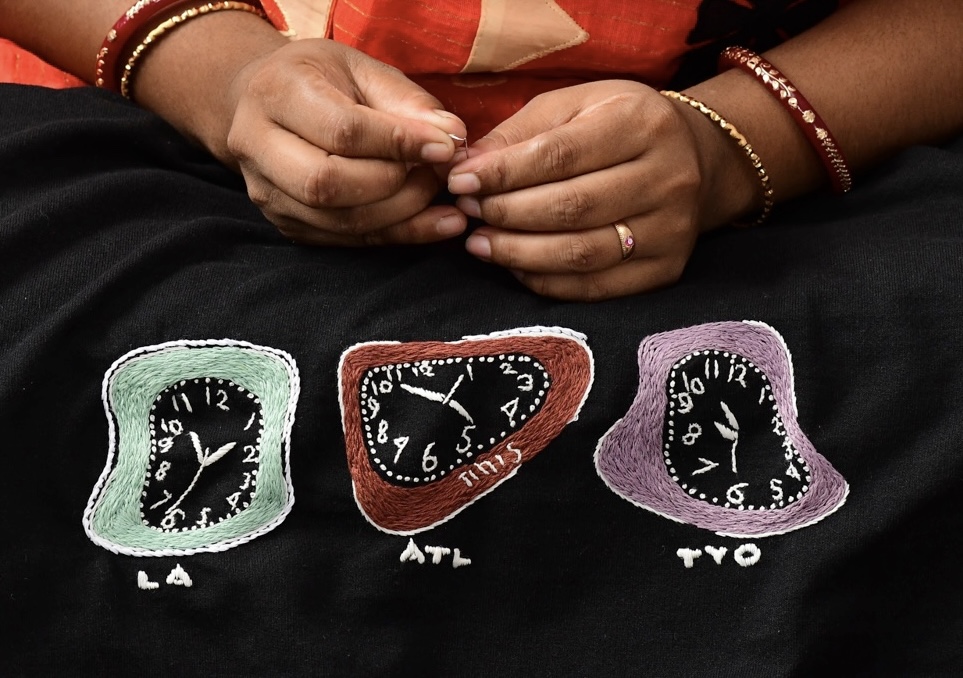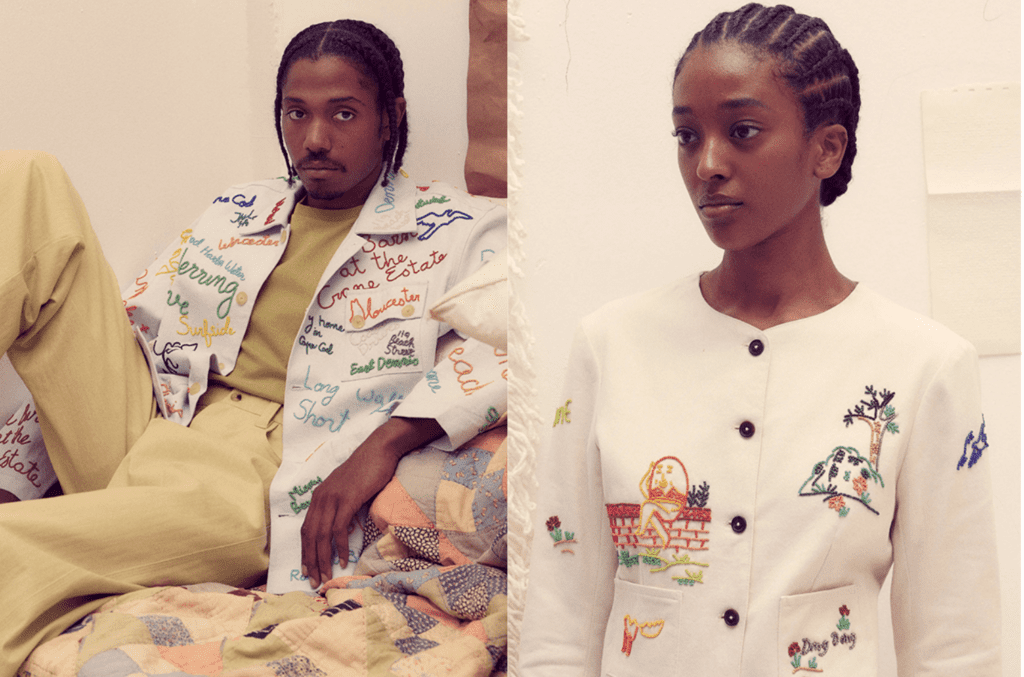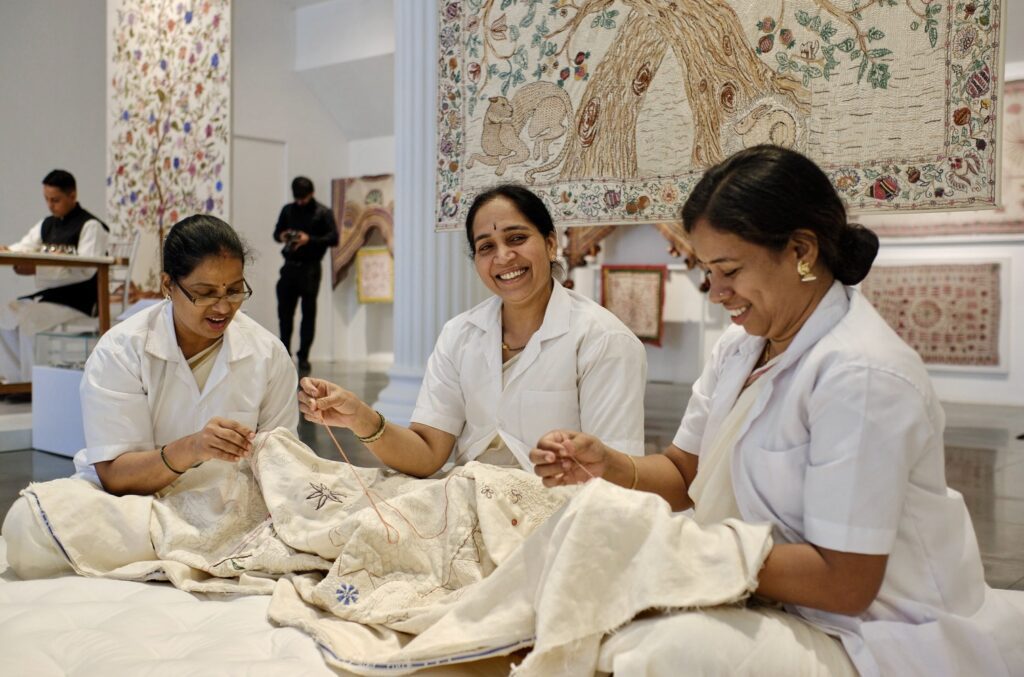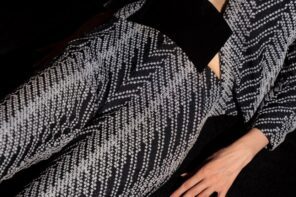Hand embroidery, an art form hailing from ancient times, has recently interwoven itself into the fabric of the fashion industry, making a significant impact on modern culture. Merging history, craftsmanship, and fashion, this rekindled craft yields a spectrum of designs as varied as their originating cultures.
Several fashion designers have seized this art, incorporating it creatively into their clothing lines. Embroidery, in its renewed form, adds a unique, personal touch to a wide range of fashion styles – from denim jacket patches to intricate patterns on evening gowns.
One vivid example is the MM6 Maison Margiela’s AW18 collection at London Fashion Week. It featured eye-catching metallic silvers and exquisite embroidery, producing a flawless fusion of the contemporary and the traditional. This approach underlines the transformative potential of embroidery in fashion.
While the indelible impact of hand embroidery in fashion is primarily led by the works of Bode and Dior, Tints is a rising brand in the industry taking a bold leap by infusing hand embroidery into streetwear.
Bode: Tailored Embroidery Rekindling Heritage
A notable player in this renaissance is Bode, a brand admired for integrating intricate hand embroidery into its line-up. Launched her label in 2016, Emily Bode showcases her deep-rooted appreciation for embroidery and textile restoration, which shines through the brand’s philosophy and offerings. The Bode Tailor Shop serves as an embodiment of Bode’s dream to own a tailor shop, fostering a community around the Bode brand while extending product life cycles.
Their distinctive line includes delicate lace shirts and antique quilted jackets, all showcasing meticulous hand-embroidered detailing. Bode’s products carry an essence of nostalgia, celebrating the timelessness of hand-embroidery.
Dior and the Chanyaka School of Craft
Dior has also embraced the art of hand embroidery, fusing it with their own unique aesthetic and sensibilities.
Dior’s luxury fashion paired with the artisanal craftsmanship of India’s non-profit Chanakya School of Craft has yielded a unique blend of high-end couture and cultural preservation. The collaboration, overseen by Dior’s first female creative director, Maria Grazia Chiuri, spotlighted the work of Chanakya artisans in Dior’s AW 2021-2022 Haute Couture show at the Musée Rodin in Paris. French artist Éva Jospin’s design, the ‘Chambre de Soie’ (Silk Room), was brought to life through hand-embroidery by Chanakya’s artisans, using 400 hues of organic threads and 150 embroidery techniques. Dior continues to work with Chanakya artisans, as seen in their revolutionary Fall 2023 collection Toile de Jouy Voyage, which reinterprets the flora and fauna of Indian landscapes through vibrant colors.
Chanakya School of Craft, founded by Monica Shah and Karishma Swali in 2017, empowers women and preserves Indian crafts. This partnership notably supports the school’s mission of training low-income women to become master artisans—a role typically held by men in India.
The Rise of Tints Streetwear
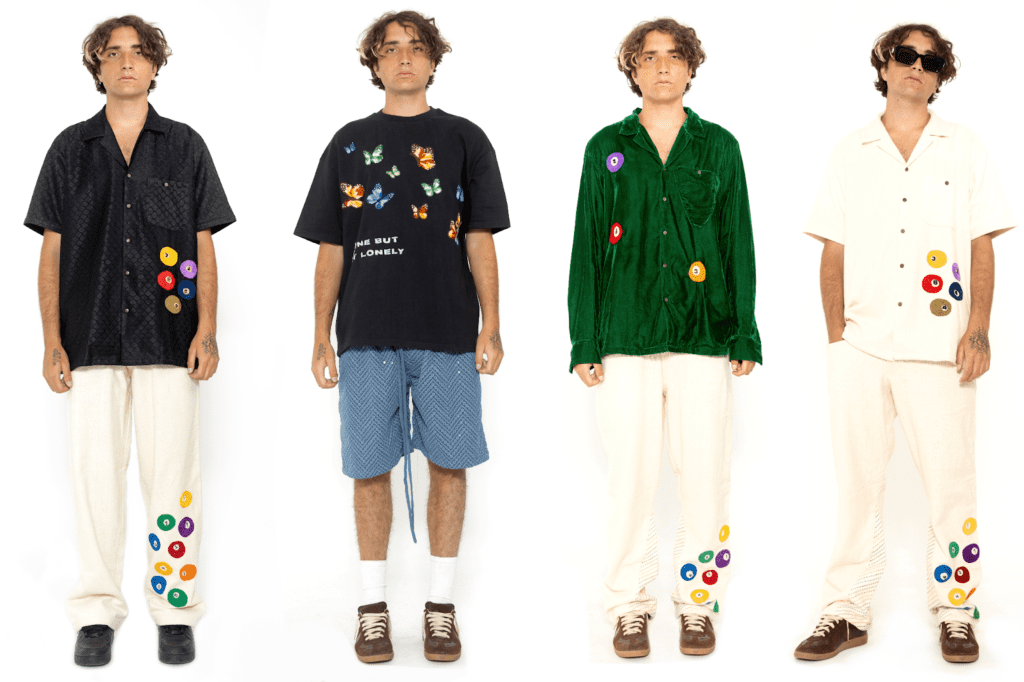
While both Bode and Dior exemplify the resurgence of embroidery, they’ve also opened the door for fresh, innovative takes on the craft, particularly within the sustainable fashion space. Tints is a prime example, where hand embroidery of exquisite artwork is extended to wholly sustainable hand weaved clothing material preserving natural colors of the cotton or utilizing natural dyes of plants and vegetables.
Tints Streetwear was conceived by Simmi Sen, an ambitious high school junior. Sen ventured on a tactile exploration of the fashion world, building a dedicated team and a wholly functioning supply chain from scratch.
Tints’ choice of fabrics reflects a deep commitment to sustainability and eco-friendliness. They utilize organically sourced, hand-plucked cotton, which is then hand-spun into a thread in a mud house—a damp and humid environment that enhances the fabric’s breathability and softness.
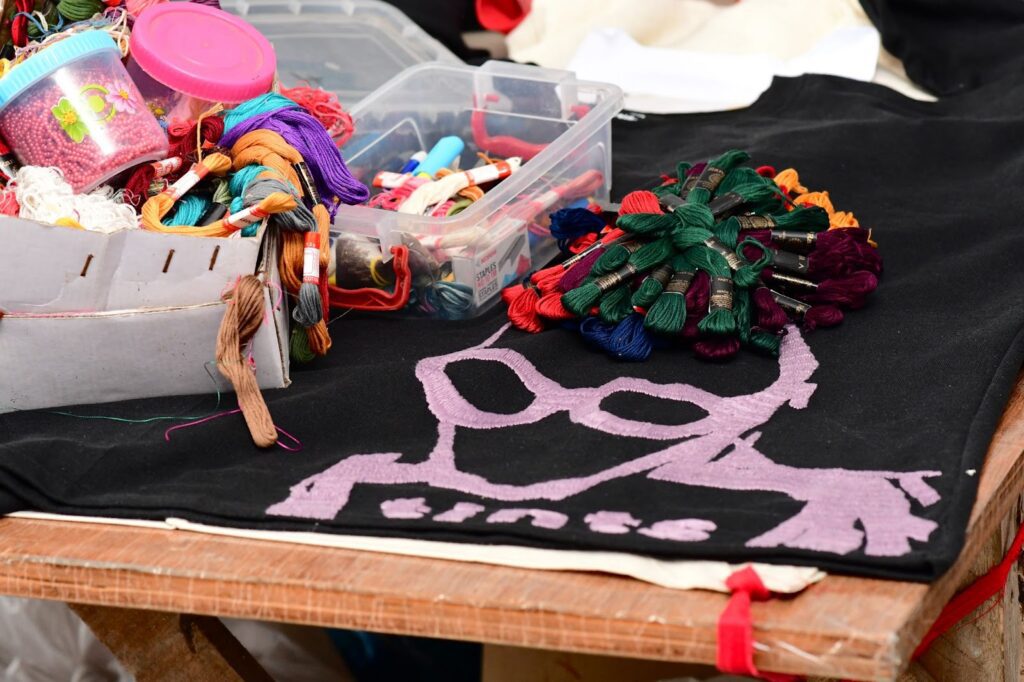
Tints’ method is painstakingly designed to remain sustainable. Their hand-embroidered products follow a tripartite process of drawing, pinning, and sewing. This meticulous process gives birth to unique and captivating designs. The brand also uses Khadi products, a 100% organic cotton textile traditionally prepared and woven in a mud house loom, ensuring complete biodegradability and softness.
Each garment is handcrafted, creating a single exclusive product. Hand embroidery is a meticulous process, but very raw and authentic. Every garment weaves its own narrative, expressing emotions and identities with each stitch. By wearing these embroidered garments, customers don’t have just a piece of clothing but an embodiment of art and the creator’s soul. Through Tints, Simmi introduces the magical realm of experimental silhouettes, bold color palettes, and unapologetic self expression.
Following successful retail ventures in Los Angeles, New York City, and Portland, Tints is preparing to launch its first online collection, boasting over 30 different product offerings.
The Take: Is Hand Embroidery Here to Stay?
In the ever-evolving world of fashion, hand embroidery stands as a resolute symbol of heritage and individuality, assuring its lasting place in the industry. The enduring charm of this artistry lies in its timeless appeal, with brands like Bode, Dior, and Tints leading the way, infusing their creations with meticulous craftsmanship and sustainability. As a testament to its relevance, hand embroidery continues to captivate modern fashion enthusiasts, who are drawn to its unique and captivating allure, proving that this age-old technique is indeed here to stay.

